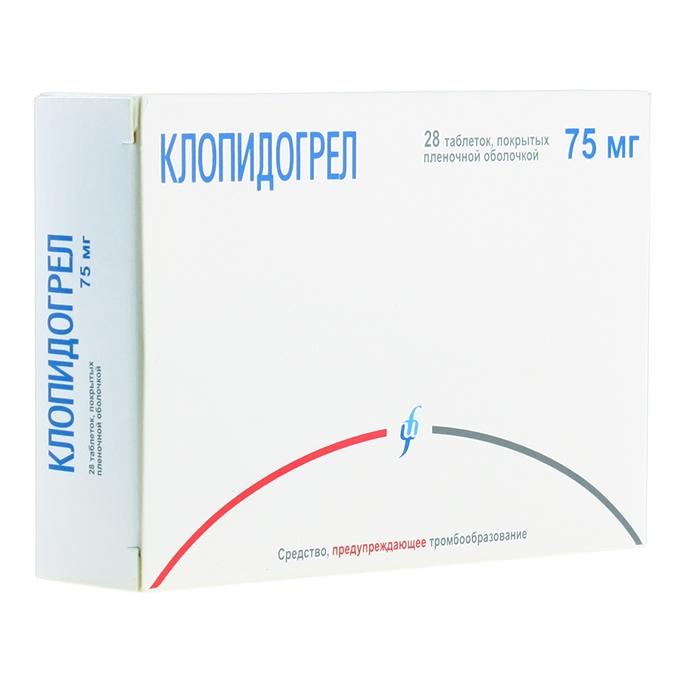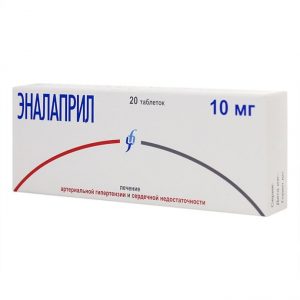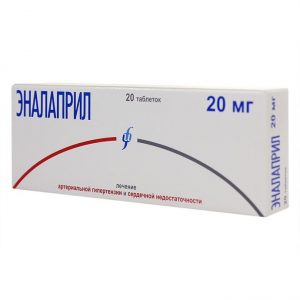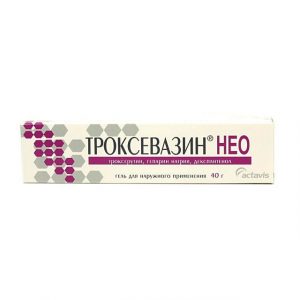Description
Lat the name is
CLOPIDOGREL
Packing
28 pcs packaged.
Pharmacological action of
Clopidogrel selectively inhibits the binding of adenosine diphosphate (ADP) to platelet receptors and the activation of glycoprotein IIb / IIIa receptors under the action of ADP, thus inhibiting platelet aggregation.
Clopidogrel inhibits platelet aggregation caused by other agonists, preventing their activation by released ADP, does not affect the activity of phosphodiesterase (PDE).
Clopidogrel binds irreversibly to platelet ADP receptors, which remain immune to ADP stimulation during the life cycle (7 days).
Inhibition of platelet aggregation is observed 2 hours after ingestion (40% inhibition) of an initial dose of 400 mg. The maximum effect (60% inhibition of aggregation) develops after 4-7 days of constant intake at a dose of 50-100 mg / day.
Antiplatelet effect persists throughout the life of platelets (7-10 days).
Pharmacokinetics
Absorption and distribution of
After a single dose and with oral administration at a dose of 75 mg per day, clopidogrel is rapidly absorbed. Absorption and bioavailability are high. However, the concentration of the starting substance in the blood plasma is insignificant and does not reach the measurement limit (0.25 μg / l) 2 hours after administration. Clopidogrel and the main metabolite reversibly bind to plasma proteins (98% and 94%, respectively).
Metabolism
Clopidogrel is rapidly biotransformed in the liver. Clopidogrel is a prodrug. The active metabolite, a thiol derivative, is not detected in plasma. The main detectable metabolite, a derivative of carboxylic acid, is inactive, accounting for about 85% of the compound circulating in the plasma. The maximum concentration (C max) of this metabolite in the blood plasma after repeated doses of clopidogrel at a dose of 75 mg is about 3 mg / l and is reached approximately 1 hour after administration.
Excretion
About 50% of the dose taken is excreted by the kidneys and approximately 46% is excreted by the intestines within 120 hours after administration. The half-life (T1 / 2) of the main metabolite after a single and repeated doses is 8 hours.
Pharmacokinetics in special clinical cases
Concentrations of the main metabolite in blood plasma after administration of 75 mg / day were lower in patients with severe renal insufficiency (creatinine clearance (CC) 5-15 ml / min) compared with patients with chronic renal failure moderate severity (CC 30-60 ml / min) and healthy individuals.
In patients with cirrhosis of the liver, taking clopidogrel in a daily dose of 75 mg for 10 days was safe and well tolerated. Cmax of clopidogrel both after a single dose and in equilibrium was many times higher in patients with cirrhosis than in healthy individuals.
Indications
Prevention of thrombotic complications in patients with myocardial infarction, ischemic stroke, or peripheral artery occlusion. In combination with acetylsalicylic acid for the prevention of thrombotic complications in acute coronary syndrome: with ST segment elevation with the possibility of thrombolytic therapy without ST segment elevation (unstable angina, myocardial infarction without Q wave), incl. in patients undergoing stenting.
Prevention of thrombotic and thromboembolic complications, including stroke, with atrial fibrillation (atrial fibrillation) in the presence of at least one risk factor for the development of vascular complications, the inability to take indirect anticoagulants and the low risk of bleeding (in combination with acetylsalicylic acid).
Contraindications
Acute bleeding (including peptic ulcer or intracranial hemorrhage), severe liver failure, pregnancy, lactation (breastfeeding), children and adolescents under 18 years of age, hypersensitivity to clopidogrel.
Pregnancy and lactation
There have been no adequate and strictly controlled clinical trials of the safety of clopidogrel during pregnancy. Application is possible only in cases of emergency.
It is not known whether clopidogrel with breast milk is excreted in humans. If necessary, use during lactation should decide on the termination of breastfeeding.
In experimental animal studies using clopidogrel in doses of 300-500 mg / kg / day, no teratogenic effects and negative effects on fertility and fetal development were detected. It was established that clopidogrel and its metabolites are excreted in breast milk.
Composition
1 tablet contains:
Active ingredient:
clopidogrel (as clopidogrel hydrosulfate) 75 mg (97.875 mg)
Excipients:
lactose monohydrate (200 mesh) 60.0 mg cellulose microcellulose srdlp ) 40.125 mg,
hyprolose 3.0 mg,
microcrystalline cellulose (Avicel PH-112) 26.0 mg,
crospovidone 6.0 mg,
hydrogenated vegetable oil type I (Sterotex-Dritex) 10.0 mg,
sodium lauryl sulfate 7.0 mg.
Dosing and dose
the inside 1 time / day.
Initial and maintenance dose is 75 mg / day. The loading dose is 300 mg / day.
Scheme of use depends on the indications and the clinical situation.
Side effects
From the blood coagulation system: often – bleeding infrequently – increased bleeding time.
From the digestive system: very often – gastrointestinal bleeding, diarrhea, abdominal pain, dyspepsia infrequently – stomach and duodenal ulcer, vomiting, nausea, constipation, bloating rarely – retroperitoneal hemorrhage very rarely – gastrointestinal bleeding and retroperitoneal fatal hemorrhage, pancreatitis, colitis (including ulcerative colitis or lymphocytic colitis), stomatitis, acute liver failure, hepatitis, abnormal liver function indicators.
From the hemopoietic system: infrequently – thrombocytopenia, leukopenia, eosinophilia rarely – neutropenia, including severe neutropenia very rarely – thrombotic thrombocytopenic purpura, aplastic anemia, pancytopenia, agranulocytosis, severe thrombocytopenia, granular thrombocytopenia.
From the nervous system: infrequently – intracranial hemorrhage (several fatal cases have been reported), headache, paresthesia, dizziness very rarely – impaired taste perception, hallucinations, confusion.
On the part of the sensory organs: infrequently – ocular hemorrhages (conjunctival, in the tissue and retina) rarely – vertigo.
From the cardiovascular system: very rarely – vasculitis, decreased blood pressure.
From the respiratory system: often – nosebleeds very rarely – bleeding from the respiratory tract (hemoptysis, pulmonary hemorrhage), bronchospasm, interstitial pneumonia.
On the part of the immune system: very rarely – serum sickness, anaphylactoid reactions.
From the skin and subcutaneous tissues: often – subcutaneous bruising infrequently – rash, itching, purpura (subcutaneous hemorrhage) very rarely – bullous dermatitis (toxic epidermal necrolysis, Stevens-Johnson syndrome, erythema multiforme), angioedema, erythematous rash, eczema , lichen planus.
From the musculoskeletal system: very rarely – hemorrhages in the muscles and joints, arthritis, arthralgia, myalgia.
From the urinary system: infrequently – hematuria is very rare – glomerulonephritis, an increase in the concentration of creatine in the blood.
Other: often – bleeding from the site of puncture of blood vessels is very rare – fever.
Drug Interaction
Concomitant use with NSAIDs (including naproxen) increases the risk of gastrointestinal bleeding.
When used with acetylsalicylic acid, antiplatelet agents may be enhanced.
Because clopidogrel can inhibit CYP2C9 isoenzyme activity, co-administration with drugs metabolised by this isoenzyme (including phenytoin, tolbutamine) cannot increase their plasma concentrations.
Overdose
Symptoms: increased bleeding time, hemorrhagic complications.
Treatment: stop bleeding, transfusion of platelet mass.
Storage conditions
Store at a temperature not exceeding 25 ° C. Keep out of the reach of children.
Expiration
2 years.
Deystvuyuschee substances
clopidogrel
pharmacy terms
for
Izvarino Pharma, Russia




